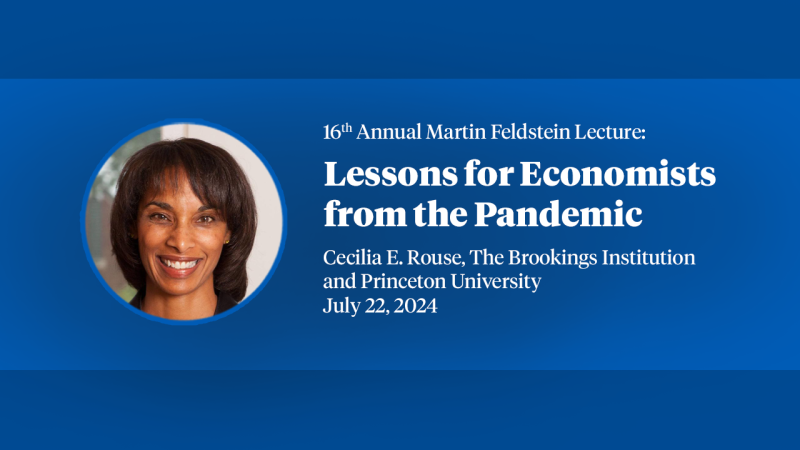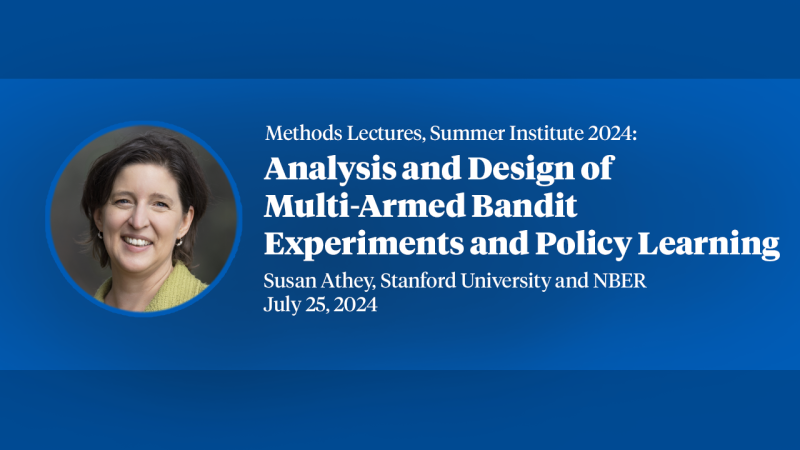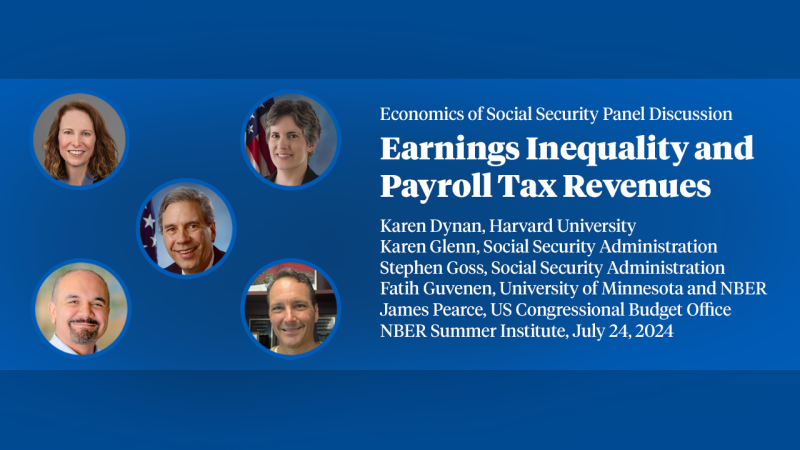The Relationship between Life Expectancy and Income in the United States, 2001-2014
This paper measures the level, trend, and geographic variability in life expectancy by income at age 40. It also examines the association between life expectancy at different income levels with measures of neighborhood cohesion, social stress, and access to quality medical care. The paper uses income and mortality data for the entire United States population, drawn from de-identified federal income tax records and Social Security death records from 1999 to 2014. The paper finds that:
-- As documented in other research, life expectancy rises continuously with income. The gap in life expectancy at age 40 between the richest 1% of the population and the poorest 1% is 10.6 years for women and 14.8 years for men. The gap in life expectancy between women and men is much larger at low income levels.
-- Inequality in life expectancy has increased in recent years. Between 2001 and 2014, life expectancy increased for men and women in the top 5% of the income distribution, but was stagnant for the poorest 5% of men and fell for the poorest 5% of women.
-- Life expectancy varies substantially across geographic areas, especially for low-income individuals. For the lowest quartile of the income distribution, areas of lowest life expectancy are in Nevada and in a geographic belt running from Appalachia through southern Ohio down to Texas. The South is about average in life expectancy for low income people.
-- The differences in life expectancy across areas for low income individuals are not significantly associated with neighborhood characteristics such as levels of segregation or inequality, with social and economic stressors, or with measures of access to high quality medical care. Rather, low-income individuals live longest in affluent cities with more educated people and high house prices.
Differential mortality has motivated many recent public policy initiatives over the past decade. This paper indicates that these efforts have not narrowed the gap in longevity by income or geography, and that additional policy and clinical changes may be needed to address the issue.


